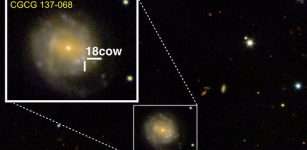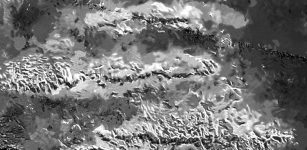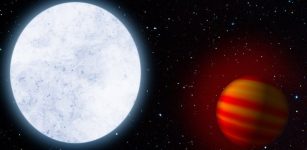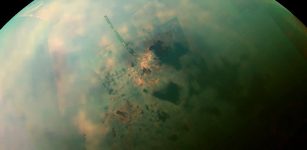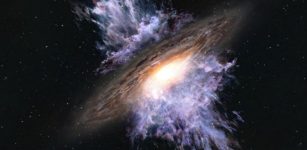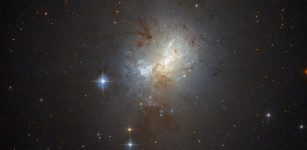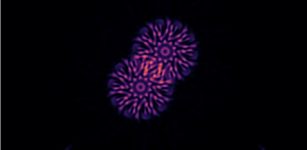Organic Molecules Are Ejected From Cracks In Surface Of Saturn’s Moon Enceladus
MessageToEagle.com – Using mass spectrometry data from NASA’s Cassini spacecraft, scientists found that large, carbon-rich organic molecules are ejected from cracks in the icy surface of Saturn’s moon Enceladus.
Southwest Research Institute scientists think chemical reactions between the moon’s rocky core and warm water from its subsurface ocean are linked to these complex molecules.
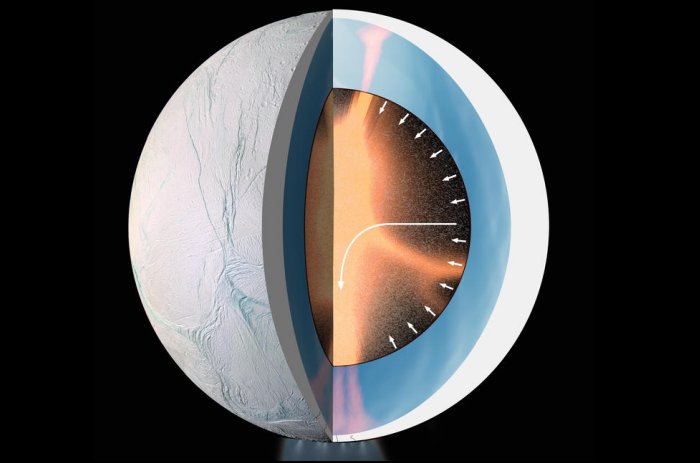
“We are, yet again, blown away by Enceladus. Previously we’d only identified the simplest organic molecules containing a few carbon atoms, but even that was very intriguing,” said SwRI’s Dr. Christopher Glein, a space scientist specializing in extraterrestrial chemical oceanography. He is coauthor of a paper in Nature outlining this discovery.
“Now we’ve found organic molecules with masses above 200 atomic mass units. That’s over ten times heavier than methane. With complex organic molecules emanating from its liquid water ocean, this moon is the only body besides Earth known to simultaneously satisfy all of the basic requirements for life as we know it.”
Prior to its deorbit in September of 2017, Cassini sampled the plume of material emerging from the subsurface of Enceladus. The Cosmic Dust Analyzer (CDA) and the SwRI-led Ion and Neutral Mass Spectrometer (INMS) made measurements both within the plume and Saturn’s E-ring, which is formed by plume ice grains escaping Enceladus’ gravity.
“Even after its end, the Cassini spacecraft continues to teach us about the potential of Enceladus to advance the field of astrobiology in an ocean world,” Glein said.
During Cassini’s close flyby of Enceladus on Oct. 28, 2015, INMS detected molecular hydrogen as the spacecraft flew through the plume. Previous flybys provided evidence for a global subsurface ocean residing above a rocky core. Molecular hydrogen in the plume is thought to form by the geochemical interaction between water and rocks in hydrothermal environments.
“The paper’s findings also have great significance for the next generation of exploration,” Glein said.
“A future spacecraft could fly through the plume of Enceladus, and analyze those complex organic molecules using a high-resolution mass spectrometer to help us determine how they were made. We must be cautious, but it is exciting to ponder that this finding indicates that the biological synthesis of organic molecules on Enceladus is possible.”
MessageToEagle.com

